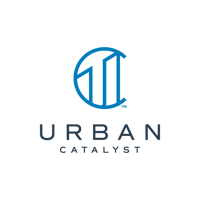Referred to as the “Tax Cuts and Jobs Act,” section 1400Z-2 of the tax code relates to capital gains that may be deferred as a result of a taxpayer’s investment in a qualified opportunity fund (QOF) that holds property and operates in a qualified opportunity zone (QOZ). Added in 2017, at the end of 2019, this legislation had gone through two rounds of regulatory guidance from the government, but still left many questions unanswered. With final regulations released last month, investors finally have clarity on a host of issues, and some of the new rules and expansions will make investment, development, and operation of projects in QOZs even more attractive. So, what do you need to know?
- The period a property must be vacant to be considered original use has been reduced. This makes a huge difference when deciding which properties to purchase. Properties vacant for one year before the designation of the QOZ are eligible. Otherwise, a property in a QOZ is only considered original use if it has been vacant for three years. In our case, this applies directly to the Paseo property which easily passes this requirement.
- Investors can transfer a qualifying interest by reason of death. We get asked about this all the time. It is now clear that interest in a QOF can be transferred to heirs upon death. And, not only that, there is no adjustment to the basis of the inherited qualifying adjustment to its fair market value as of the deceased owner’s death. That means if an investor passes away, their beneficiary can take over their investment without negative repercussions to tax benefits.
- The taxpayer can begin its 180-day investment period on the due date of the entity’s tax return. Not including extensions, the final regulations now provide additional time to invest when capital gains have been received from partnerships, S corporations, and non-grantor trusts. This will be a huge benefit to investors that hold interests in passthrough entities that may not get notice of eligible gains until the entities have issues Schedule K-1s, well past the 180-day period.
With this new guidance from the Treasury answering a lot of questions, it opens the door to significantly more equity investment in QOZ across the country. Investors who were undecided should now feel they can move forward with confidence.
To learn more about investing in opportunity funds, contact us today!
*Consult with your attorney and lawyer and note tax regulations are subject to change


